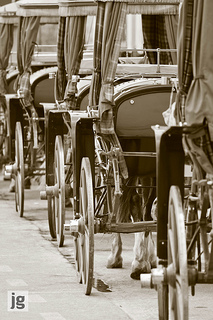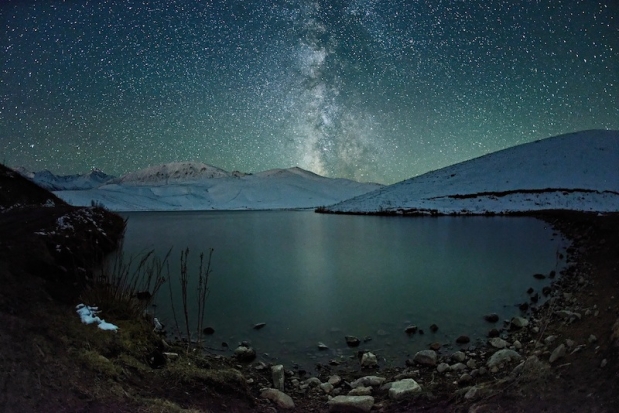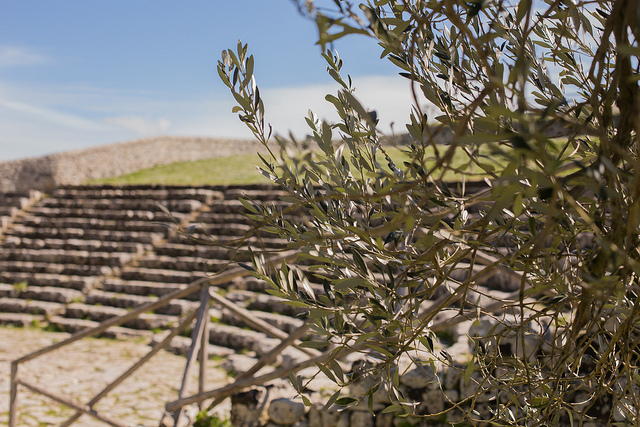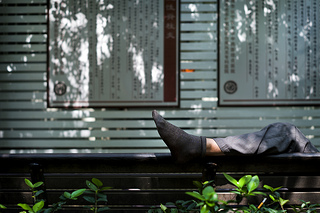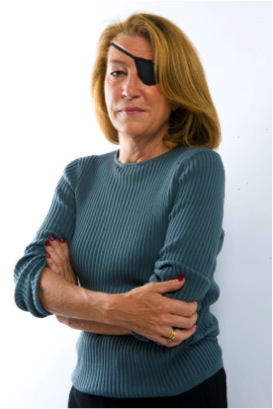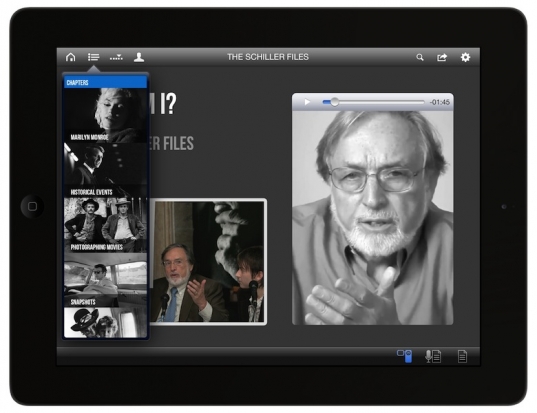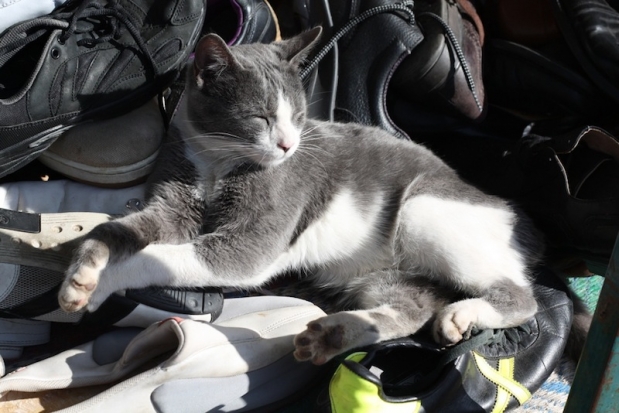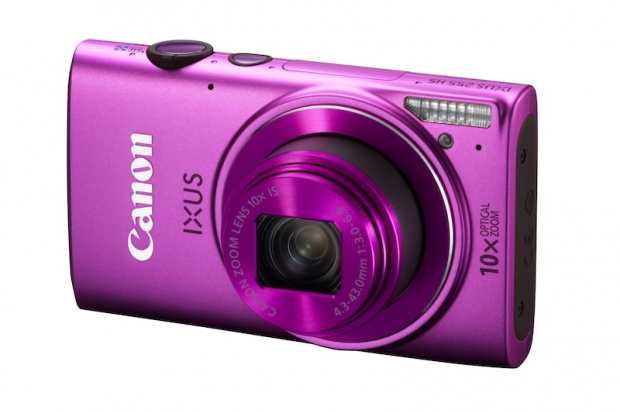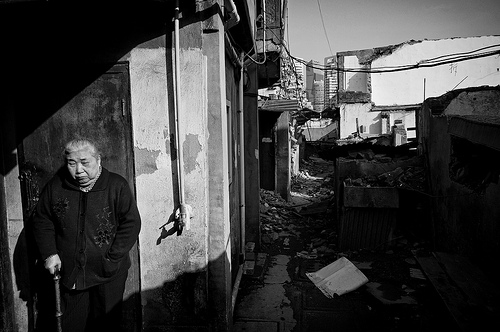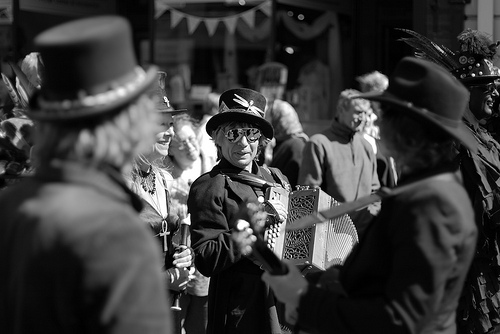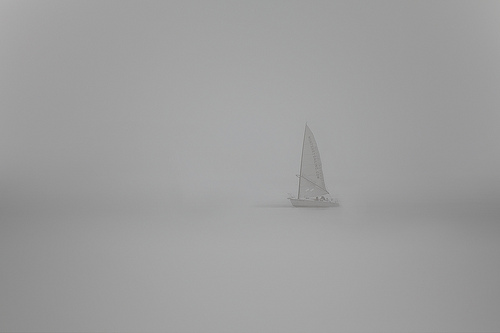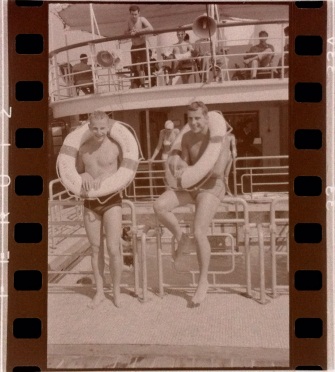
A 35mm film scanner that functions via your smartphone? That sounds like a fairly cool idea to allow you to free your negative imprints, no matter how old or how recent, and share them digitally, courtesy of Lomography. It works by photographing a negative with your phone's camera (iOS or Android) that has been back-lit by the scanner. You then edit it using the custom-built accompanying app, and are able to archive, email, and share it. Simple.
All being well, the Lomography Smartphone Film Scanner should be available in March this year.
There is, however, something that I find particularly curious about this product (apart from it not being compatible with 120 film). Why has Lomography turned to crowd-funding platform Kickstarter to fund it?
It's true that Kickstarter doesn't have any stipulations about the sorts of people or organisations who can use it to seek funds, but the general feel is that it's an option for creative projects that might not be able to secure funding through more traditional means.
As Kickstarter itself says on its website:
We started Kickstarter as a new way for creators and audiences to work together to make things. The traditional funding systems are risk-averse and profit-focused, and tons of great ideas never get a chance. We thought Kickstarter could open the door to a much wider variety of ideas and allow everyone to decide what they wanted to see exist in the world.
I'm not convinced that Lomography, a company with an annual turn-over of $40 million and 350 employees, according the the FT, can be classed as an organisation that would struggle to secure a bank loan for a project that seems entirely reasonable.
This leaves me feeling slightly uncomfortable. First, people have a limited pot of funds that they're able to donate in support of projects. When a company that could secure external funding through traditional means seeks the support of individuals, it is depriving other projects that might otherwise struggle to secure a bank loan or seed funding from amassing the funds that they need to launch.
Whilst it is all very well to say that funders have the ability to choose to whom they lend their support and donate their contributions, Lomography has a huge following and a professional PR department. They have the ability to reach a greater number of potential funders than media-shy Joe Bloggs who's a brilliant inventor with no assets to act as security against a loan. Kickstarter is designed to give everyone a fair crack at achieving funding and realising their ambitions; when well-known brands start to get in on the act, the odds suddenly become skewed against the small people again.
Second we come to the term 'profit-focused' in the Kickstarter blurb. Kickstarter wants people to be able to create products or host events that fulfil their ambitions; they might not succeed in making a profit, but that isn't the point. It's about giving people a chance and unleashing potential. If a project does take off and conquer the world, so much the better; it isn't, however, the pivotal principle behind its inception or the key factor that determines whether or not it should be granted funding. It's about moving away from risk-aversion and profit obsession and allowing cool things to come to fruition.
Lomography, on the other hand, is a business and it is out to make a profit. I find it highly unlikely that it desperately needs to secure alternative funding for the scanner because it can't manage it through any other channels. From here, this feels like a cheap loan for Lomography that relies on Joe Public.
No, Lomography looking for Kickstarter funding isn't illegal and it isn't against Kickstarter's rules. It just comes across as really unfair.
The Smartphone Film Scanner project page is here, but if you'd like to contribute to project that's closing soon, take a look here.
I have asked Lomography to comment on its choice of funding source. I am yet to receive a response.
15:30 GMT, 16 Janaury 2013 - Lomography has sent a response. It's quite long, I doubt you want to read all of it. However, the pertinent points are these:
In order to continue to develop and release new films and cameras while also keeping up with the demand of a digital world we felt it necessary to start a crowd funding project to create a new product that otherwise would remain on the back burner for a few more years.
Part of the idea behind using kickstarter was to involve our community in our endeavors and to give back with some really fantastic incentives.
Sites like Kickstarter are a great way to help us fund some of our more off-beat projects. We want to continue introducing new products and keeping the film world fresh. This is just one way for us to continue making the future analog.







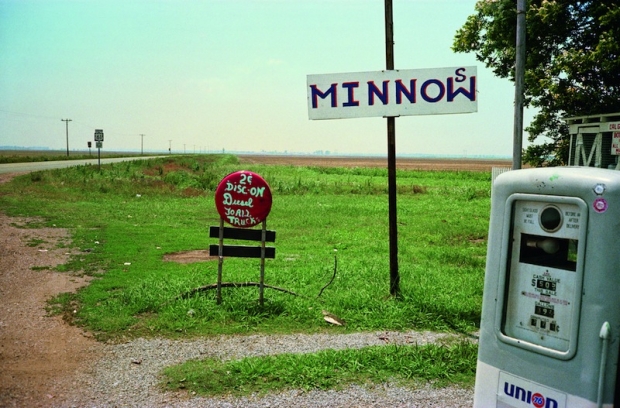
![Queueing [EXPLORE]](http://static1.squarespace.com/static/54ca877ce4b014ea90e14bda/54ca9f5de4b021f8b6d68cc1/54caa178e4b021f8b6d6c132/1422565752067/7977757192_a2770a949d.jpg?format=original)
